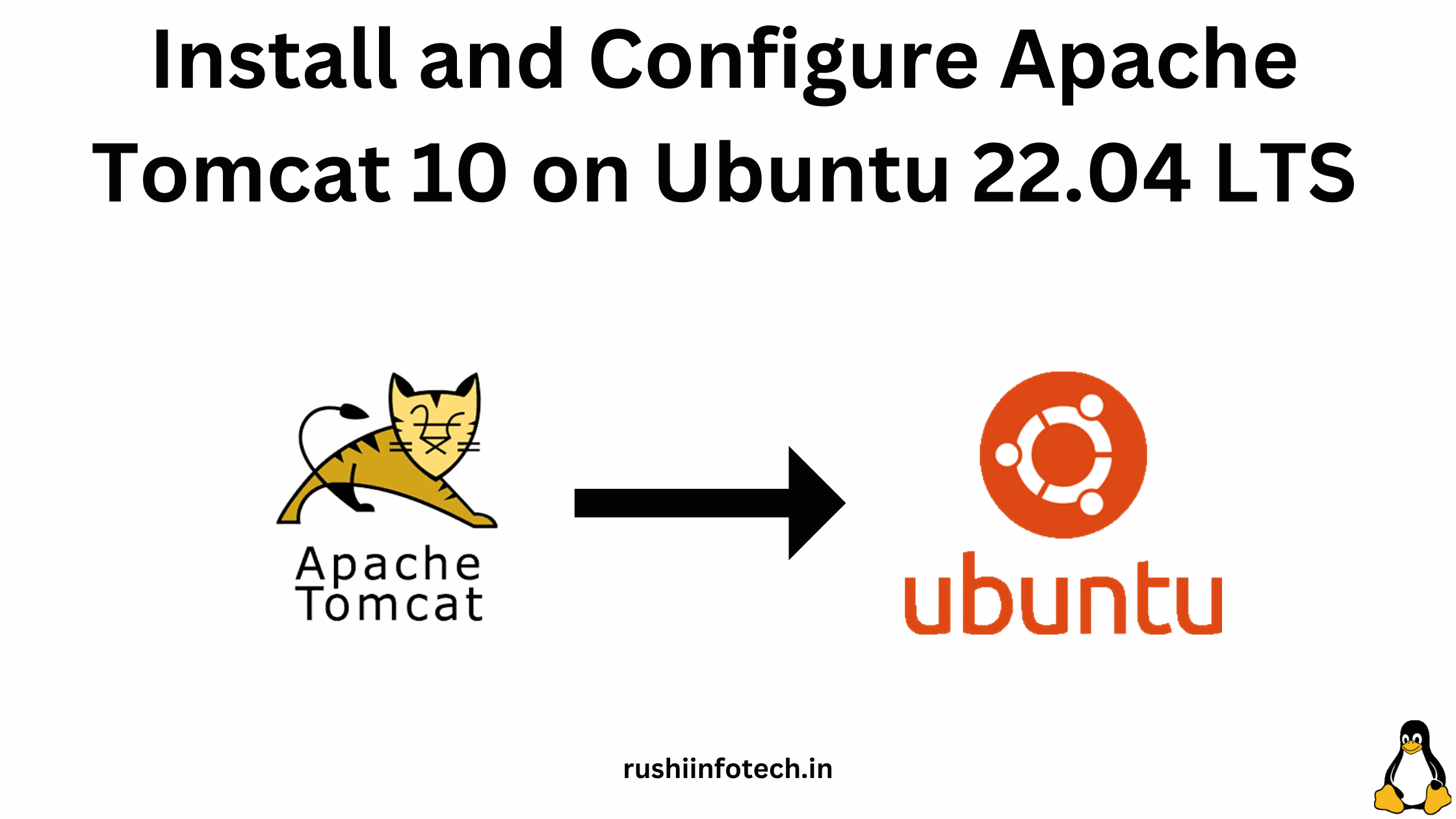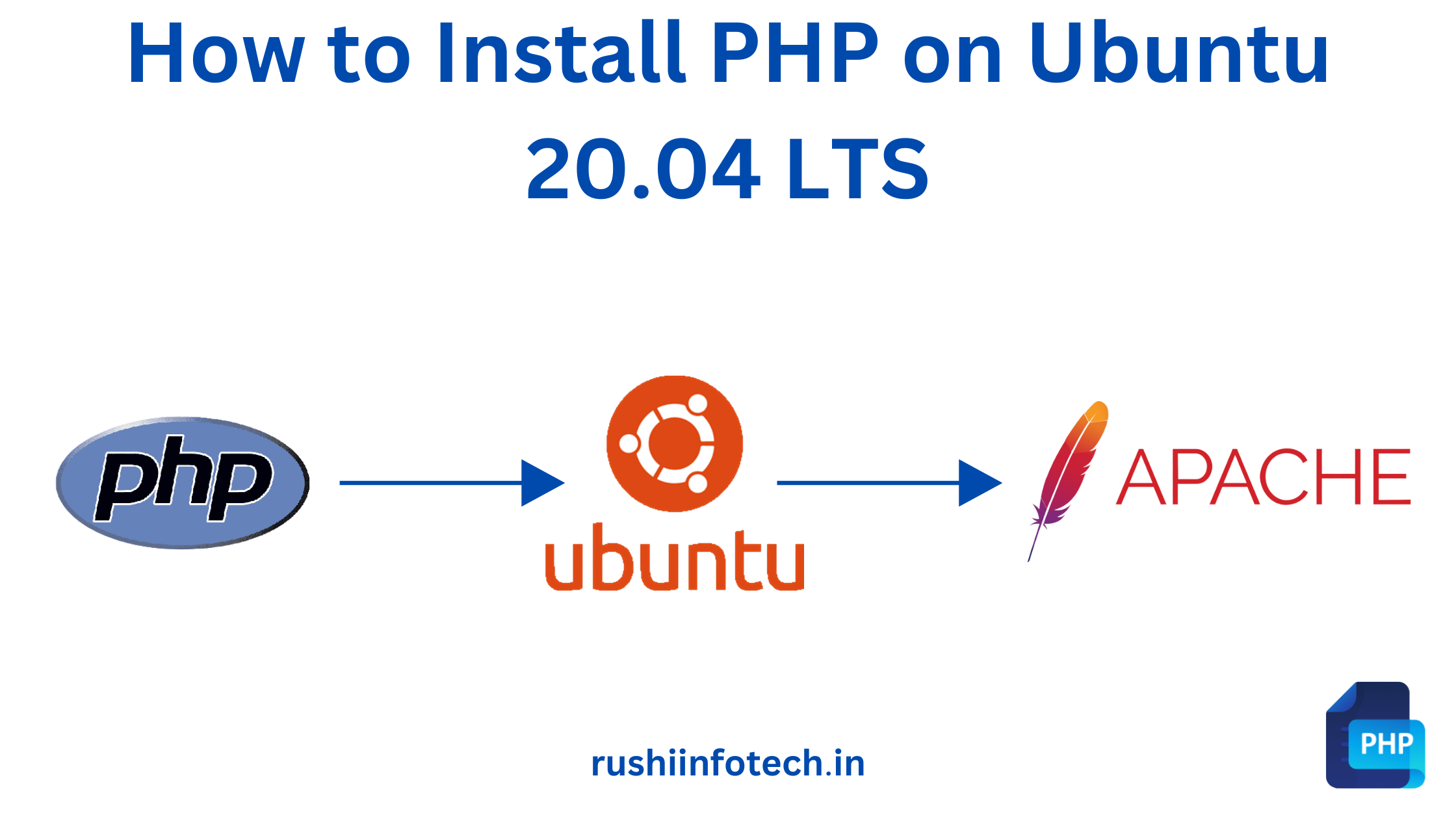In this Article we are going to learn what is Linux and its Features:
Introduction: Begin with a hook, perhaps a personal story or a surprising fact about where Linux can be found (from supercomputers to Android smartphones).
Certainly! If you’re writing a blog article to introduce Linux to readers, you might want a more engaging and reader-friendly breakdown. Here’s an example structure, along with content, for a blog-oriented introduction to Linux:
Introduction: Begin with a hook, perhaps a personal story or a surprising fact about where Linux can be found (from supercomputers to Android smartphones).
1. What is Linux Anyway?

- Kernel vs. Operating System: Explain that while Linux technically refers to the kernel (the core of an operating system), in everyday conversation, it usually refers to a full operating system built around the Linux kernel.
- The Birth of Linux: A little history never hurts. Mention Linus Torvalds and the release in 1991. You can even touch on the GNU project, adding context to the birth of Linux.
2. Why is Linux So Popular?
- Open-Source Advantage: Dive into what open source means and how it has allowed a community of developers to contribute, innovate, and share.
- Flexibility and Customization: One size doesn’t fit all. Linux can be modified to suit everything from a powerful server to a home desktop, to even tiny IoT devices.
- Security: Discuss its robust security and permission model, which makes it a choice for many enterprises and security-conscious users.
3. Penguins Everywhere: The Diversity of Linux Distributions
Introduce the concept of “distributions” or “distros”. Maybe mention a few popular ones:
- Ubuntu: Great for beginners, widely used.
- Fedora: Cutting-edge software, backed by Red Hat.
- Debian: Stability is the key.
- Arch Linux: Built from scratch, for advanced users.
4. Where Can You Find Linux?
Highlight the surprising places Linux pops up:
- Web Servers: The majority of the internet relies on Linux.
- Android Phones: The popular mobile OS has a Linux heartbeat.
- Supercomputers: Most of the world’s top supercomputers run on Linux.
- Home Desktops: More people are using Linux for their personal computing, thanks to user-friendly distros.
5. Getting Started with Linux
Offer readers guidance on how they can start exploring Linux:
- Virtual Machines: Trying Linux on software like VirtualBox.
- Live USBs: Running Linux without installing.
- Dedicated Installation: Diving deep with a full install.
Conclusion:
Wrap up with some thoughts on the future of Linux, its community, and why now is as good a time as any to start exploring the world of open-source computing.
Remember, the key to a successful blog post is a blend of factual accuracy, reader engagement, and personal insight. Tailor the content to resonate with your target audience, whether they’re tech-savvy readers or curious beginners.
For More Information about Linux visit offical website
Any queries pls contact us
https://rushiinfotech.in/contact/





![Java 18 Installation on Ubuntu 20.04 LTS using curl [5 Steps]](https://rushiinfotech.in/wp-content/uploads/2023/09/Java-18-Installation-on-Ubuntu-22.04-LTS-1.png)